In a new collaboration with Ina Sonnen (Hubrecht Institute) and Marianne Bauer (TU/Delft), we have recently secured funding to investigate the interplay between metabolic regulation and signaling dynamics during mammalian somitogenesis. While the role of canonical pathways such as Wnt, Notch, and FGF in presomitic mesoderm (PSM) patterning is well established, emerging evidence points to metabolic activity—particularly glycolysis—as a critical, yet underexplored, modulator of this process.
Our preliminary data demonstrate spatially resolved glycolytic gradients and dynamic acetyl-CoA production along the PSM, coinciding with transcriptional transitions and segmentation clock activity. Intriguingly, we have identified nuclear-localized glycolytic and acetyl-CoA-generating enzymes—including PDHc and ACLY—as differentially expressed and, in some cases, oscillatory in nature. This suggests a potential role for metabolic enzymes in modulating chromatin accessibility and transcriptional states in a temporally controlled manner.
Our project will explore how spatiotemporal metabolic flux integrates with signaling to regulate cell fate transitions during somite formation. By dissecting the functional contribution of nuclear metabolic activity to transcriptional regulation and epigenetic remodeling, we aim to uncover new mechanistic insights into vertebrate axis formation and congenital segmentation defects.
Many thanks to ZonMW for submitting this fundamental research.

